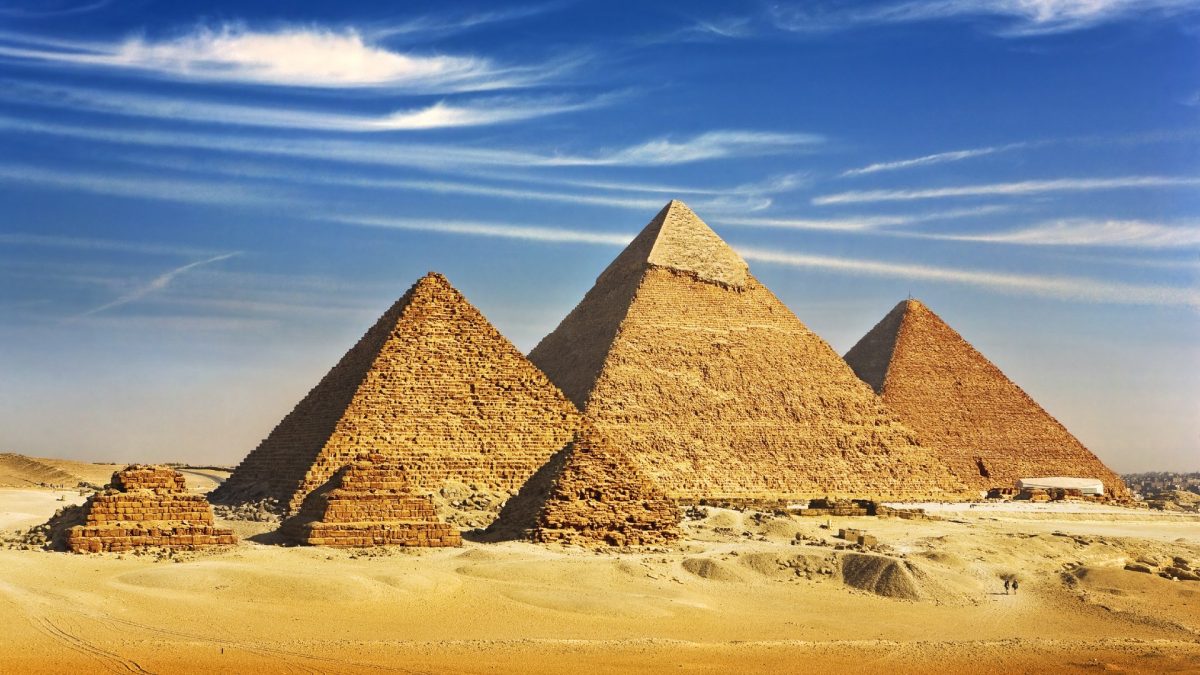The Giza Pyramids, which are located along the borders of Cairo, Egypt, are among the most extraordinary achievements of human innovation and are recognized as the last remaining Seven Wonders of the Ancient World. For centuries, archaeologists and historians have studied the construction of the pyramids and have determined that the Great Pyramid of Giza was built as a tomb site for pharaoh Khufu during the fourth dynasty of the Old Egyptian kingdom circa 2600 BC. While this theory was readily accepted among individuals, new research and discoveries suggest that an even older civilization might have flourished beneath these remarkable constructions.
Armando Mei, an Italian Archaeologist and “Researcher in Egyptology,” recently embarked on an exploration with his research team, and what they discovered with the help of radar technology was revolutionary. Beneath the Khafre Pyramid, there appeared to be eight vertical cylindrical shafts that extend more than 2,000 feet below ground level. Moreover, unusual structures have been identified around 4,000 feet below the surface, introducing the possibility of an even more ancient long-lost city. When Dr. Mei and his team presented their findings, they proposed that these shafts and chambers were in fact 38,000 years old and that there was a preexisting civilization inhabiting the region. One speculation for the ancient civilization was that they were wiped out about 12,000 years ago due to a “divine flood,” an idea that is also rooted in biblical texts and stories. Additionally, evidence supports the idea that a flood affected the Giza Plateau region. When speaking with the Daily Mail, Dr. Mei stated, “Some blocks near the Great Pyramid’s entrance show clear signs of water erosion.” Furthermore, large pockets of salt have been identified within the Great Pyramid, leading Dr. Mei to this conclusion.
If this groundbreaking discovery holds true, it could drastically alter our beliefs on human history and the timeline in which we perceive various events. Currently, the first man-made structures are thought to be the Göbekli Tepe in Turkey, but if Dr. Mei’s findings are indeed confirmed, the shafts and chambers found beneath the Khafre Pyramid would officially become the oldest.
Though fascinating, these recent archeological developments raise many more questions. Who built these structures? What was their purpose? What happened to them? While this is a step in discovering the truth behind the Egyptian pyramids, much more extensive work, research, excavation, and time must be put in to truly understand the history behind these significant marvels of human accomplishment.















































